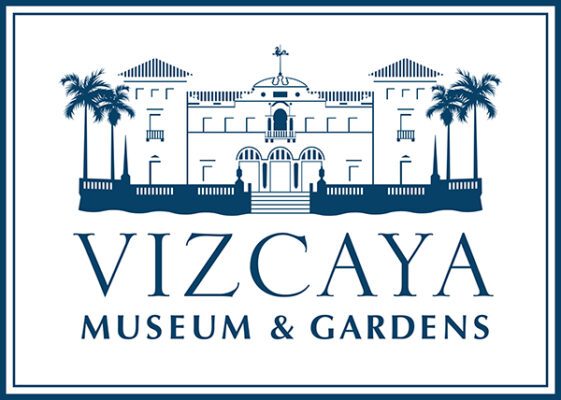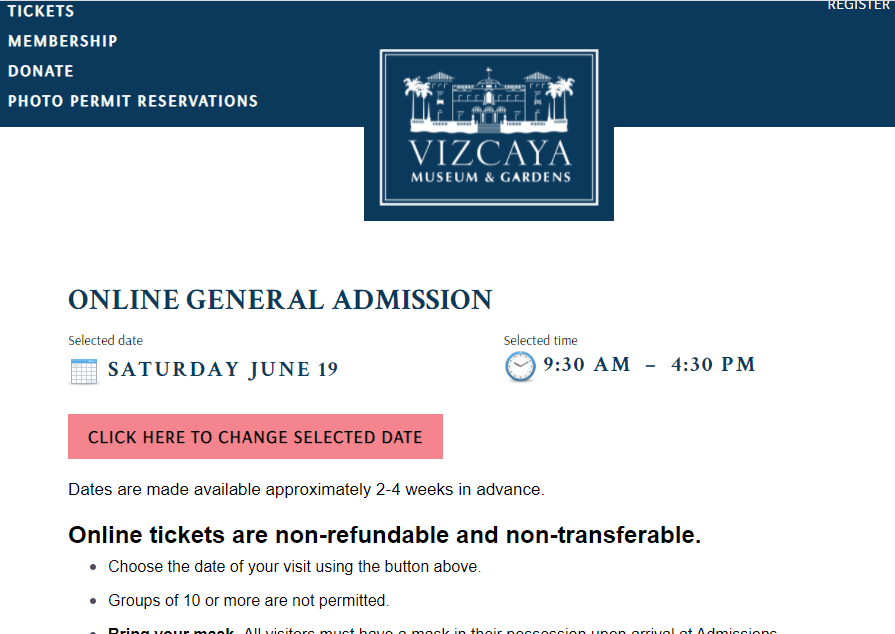Deering wanted Vizcaya’s symbol to be a caravel, representing exploration and cultural exchange. However, Paul Chalfin, Vizcaya’s artistic director, preferred the more playful seahorse inspired by Vizcaya’s waterfront location. In this robust telegram exchange, Deering questions Chalfin’s overrepresentation of the seahorse in relationship to the caravel.
“SEAHORSES ABOUND WITH ONLY ONE CARAVEL TO DATE”

Telegram: March 6, 1916
From: James Deering, Vizcaya’s Owner, New York
To: Paul Chalfin, Vizcaya’s Artistic Director, Miami
Reveal Transcript
“TWENTY TIMES AT LEAST WE HAVE AGREED CARAVEL IS EMBLEM OF HOUSE”

Telegram: March 9, 1916
From: James Deering, Vizcaya’s Owner, New York
To: Paul Chalfin, Vizcaya’s Artistic Director, Miami
Reveal Transcript
Twenty times at least we have agreed caravel is emblem of house seahorse is incidental and secondary. Nothing else ever discussed connot understand your forgetting. In any case, think best it should be so. Have ordered making seahorses for arches in forecourt not made for present. Can transfer seahorse weathervane to boathouse. Am writing. Concrete fences like original pink fences cost dollar ninety-four per foot. Everything considered do you not think wise use same fence on new purchases? Have ordered contours made.
JD 5:05p


Who should have the final say, the owner or designer?
Reveal a 360 image to find clues as to who may have had the final say
Explore the 360° image of the Enclosed Loggia below and decide for yourself.
Reveal an interactive 3D model of a seahorse weathervane from Vizcaya's Main House
Click the link below and explore the 3D tour of a seahorse weathervane from Vizcaya’s Main House











